GAUDI RESEARCH CENTER IN COLONIA GÜELL
____________
The programm proposed for the Gaudi Research and Production Center in Colonia Güell revises the concept of life in the working colonies in tune with contemporary living: originally a place of harmony between employers and workers and between factory production and nature.
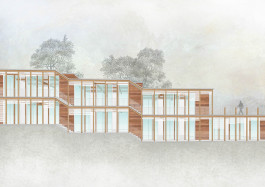
Design Concept
The project emerges from the topography: a sequence of 1-meter level shifts structures the spatial organization and follows the natural slope of the terrain. This stepped layout enables top lighting through roof openings and creates accessible rooftop landscapes that seamlessly merge with the ground, forming new exterior spaces.
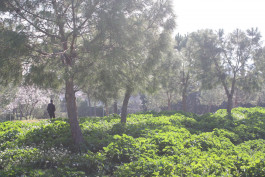
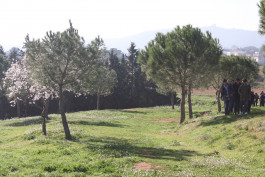
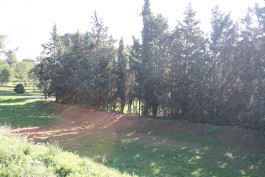
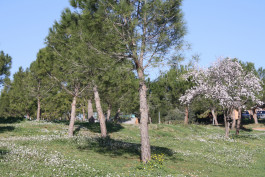
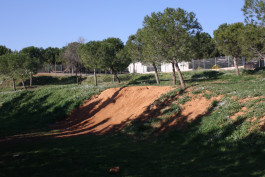
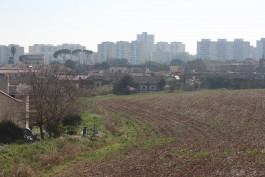
Programmatic Zoning
The composition includes three volumes – public, semi-public, and private – connected via walkable roofscapes. Their spatial arrangement defines sheltered courtyards, controlled vistas, and clear zoning. A publicly accessible greenhouse on the eastern edge serves as a climatic buffer to the private areas.
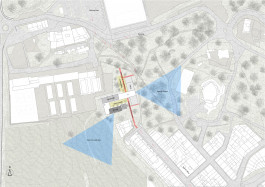
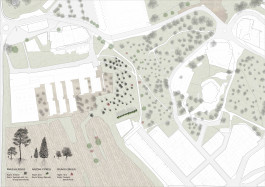
Contextual Integration
The restrained building height, natural material palette, and permeable spatial configuration reference the scale and character of Colònia Güell. The project reinterprets the original vision of the workers’ colony—productive living in harmony with nature—through a contemporary lens of ecological and social sustainability.
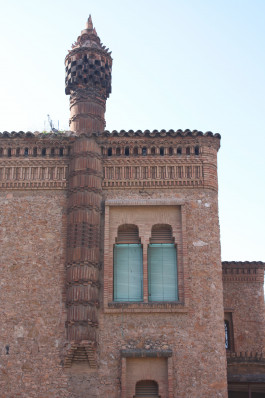

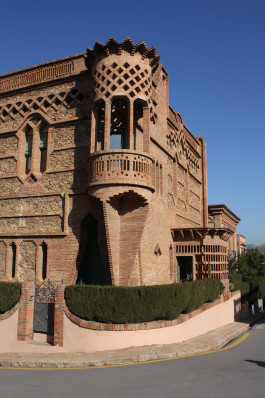
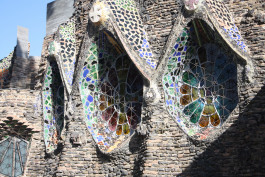

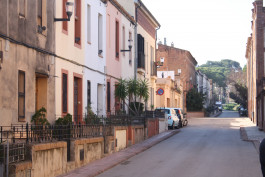
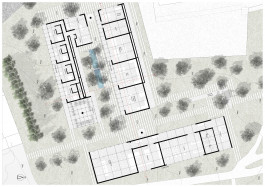
Sustainability & Climate Strategy
The project employs a fully passive ventilation system using thermal dynamics: solar chimneys glazed in black glass generate suction through solar heating, drawing fresh air through planted exterior zones and subterranean earth ducts, where it is naturally cooled.
Loggias with adjustable shading elements control solar gain seasonally. The large roof surfaces are designed for rainwater harvesting, aiming to meet the entire water demand on-site.
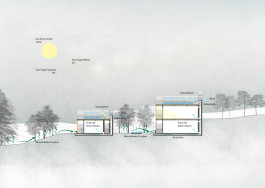
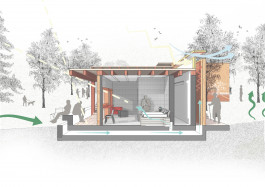

Materiality & Construction
Rammed earth is the project’s primary construction material, combined with timber. The earth is sourced directly from the excavation on site, with the volume of cut matching the volume required for the walls—establishing a closed material loop without transport emissions.
Rammed earth offers excellent thermal mass, regulates humidity, and contributes to the building’s passive climate concept. Its warm, earthy texture and color resonate with the historic brick architecture of Colònia Güell. Unlike industrial materials, rammed earth conveys a sense of monolithic solidity, craftsmanship, and local rootedness—both materially and visually.
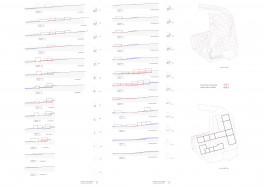
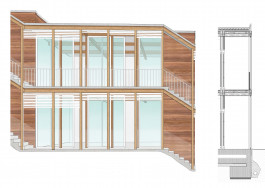
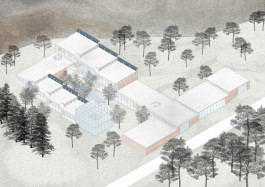
University:
Studio:
Project:
Professor:
Students:
Semester:
Universitat Politècnica de Catalunya (UPC)
Escola Tècnica Superior d'Arquitectura de Barcelona (ETSAB)
Design IV
Colonia Güell - Gaudi Research and Production Center
Prof. Judith Leclerc
Markus Schiemann
Danny Utchman
SS 2018 Bachelor (Auslandssemester)